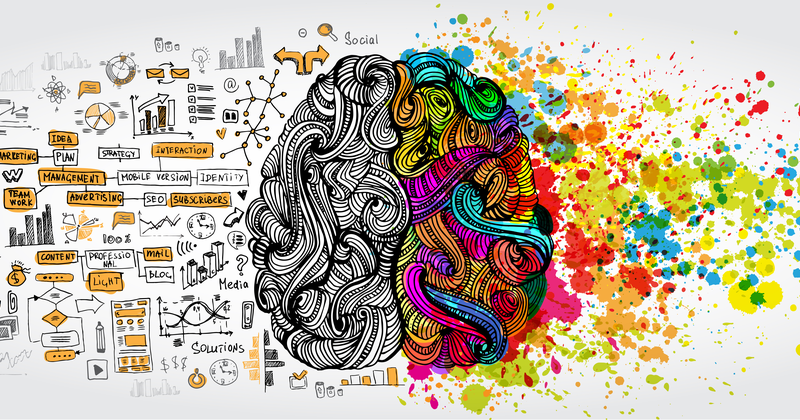The Great Balancing Act
Liberty. It’s what generations before us have fought for; what nations today hold on to the most and what we have been taught to value ever since we were born. In our industry, liberty is the greatest privilege a creative person can have in order to perform effectively. After all, there is nothing like the feeling of having all the liberty in the world to keep ideas original and free flowing without external influence – especially that of data.
This love of liberty, paired with today’s advancement in the digital landscape, has brought about a debate in the creative industry as to what is more important in driving results – data or creativity. Although the debate is not new, the widespread access to data these days has bolstered the argument of what needs greater attention. Think of it as a classic Strategy vs. Creative face off.
Fixation on Data
Businesses like to see data; it quantifies a situation for them so they can take calculated and planned approaches. However, the growing reliance on data is seen as affecting creativity, as decisions are increasingly made based on data, instead of allowing original ideas to flow freely. Data helps businesses make informed decisions with more predictable outcomes and this is why it is becoming challenging for creatives without data backing to convince brands that an idea is worth taking a punt at, given the fact that creativity is essentially intangible or difficult to measure.
Data: The Driving Force
While many may argue that data forces creatives to think within predefined constraints, the effect of data on creativity is far more valuable if used correctly. This is because data removes subjectivity and allows the focus to be on delivering disruptive work – from deriving insights to validating an idea. In reality, data acts as a creative compass, guiding creative energies to the right places. Without data, ideas pitched as disruptive remain on the shelf because of the lack of sufficient ‘evidence’ to take a ‘bold, creative approach’.
Effectively Using Data Is A Creative Process
Taking a data-driven approach does not mean referring to multiple datasets with tons of numbers and charts and then including them all in the thinking process. The use of data has been greatly misunderstood and this is exactly why the bias against data begins so early in the game. Marketers need to take a broader view to unlock the full potential of data in terms of instigating creative ideas. This is a process that involves being selective about the data so that it can act as a source of creative inspiration and subsequently preparing that data for use by creatively thinking about the opportunities to make it valuable.
This is where the right balance between data and creativity acts as a trigger for thinking and ultimately guiding campaigns to success. A good example of how the right data is used to drive an entire campaign is the Snickers Hungerithm campaign. Snickers leveraged real-time consumer data on social media platforms to drive the price of Snickers bars. The more people shared angry reactions and posts on their feed, the more prices dropped so people could get back to ‘being themselves’.
Netflix also made use of a simple data point to enhance the user experience of their audiences by using viewer data to suggest content based on which genre they lean towards. Almost every film title you see on your Netflix home page has been customised to suit your preferences. This approach has been so successful that the entire system is now automated so that their algorithm develops a ‘personality’ for each user and suggests TV shows and films based on that personality.
Data Moulded Into A ‘Creative State’
The role of planners has the biggest part here; they look at all forms of data and determine which data sets could be of use based on the objectives of a campaign. These data sets then need to be analysed to form insights that are simple, focused and actionable. If the data is confused, the creative idea might face the brunt. One of the simplest ways this was done was when Spotify launched a campaign that told stories about their listeners and which connected to people in the most human way possible. Instead of simply releasing a list of their most streamed tracks, Spotify developed a witty outdoor campaign featuring a carefully selected array of data-points and merged them with the creative execution – such as asking a person who listened to ‘Sorry’ 42 times on Valentine’s Day what was wrong.
Data Empowers Creativity
Contrary to the belief that data and creativity are conflicting concepts, they are in fact vital components of a marketing strategy and can work together symbiotically to drive campaign goals. Market and user data offer raw data material which can be fused together to inform and empower the creative process. In the end, it is not a matter of either/or anymore; while data and insights help us tell more personalised stories, creativity is what makes those stories come to life, in turn achieving the perfect balance between the both.
This, ladies and gentlemen, is how the great balancing act takes place in the minds of successful marketers – and how we can achieve the same.
Muhammad Ali Khan is Associate Director Creative & Strategy at Spectrum VMLY&R. He also teaches in the Masters of Advertising program at SZABIST-Karachi.




Comments (0) Closed